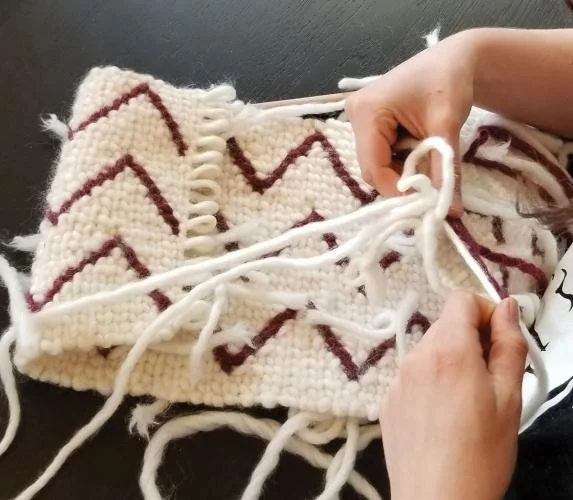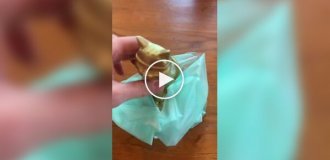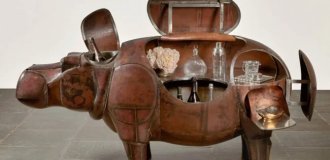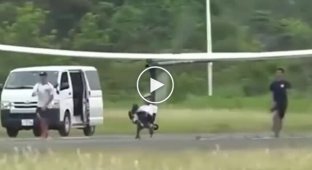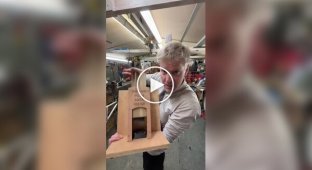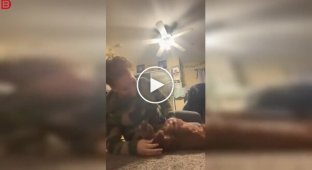The Salish Woolly Dog is a Fluffy Ball of Positive Energy That Shaped the Economy of an Entire Nation (8 photos)
When Spanish explorer Juan Francisco de la Bodega y Cuadra (1744-1794) explored the Salish Sea and its coast in 1791, he was astonished to find a civilization dressed in woven wool clothing. 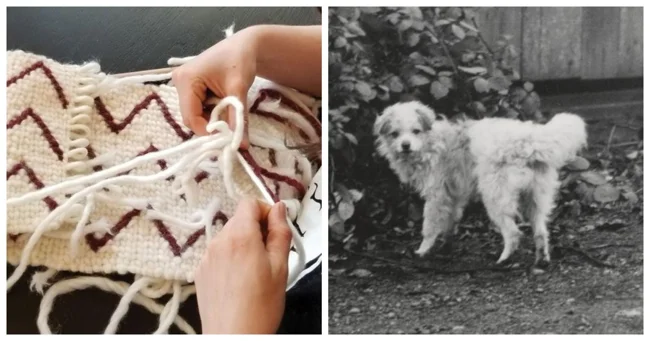
Up until this point, all the indigenous people he and his crew had encountered on the Pacific coast were dressed in skins and furs. There were no mountain goats in the region, so what could have provided that plush white wool? They noticed many dogs that appeared to have been shorn and concluded that the hair must have come from these dogs. They soon learned that the dogs were an integral part of the Salish trade and prosperity. 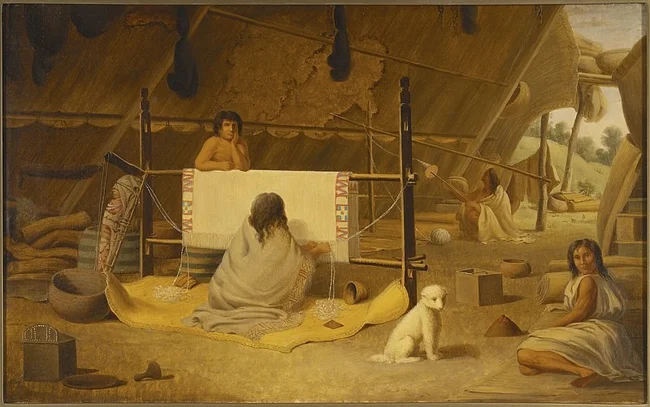
A Salish Woolly Dog in a 19th-century painting of Coast Salish weaving
The Salish Woolly Dog (also known as the Komox Dog or Klallam Indian Dog) is described as small, white, long-haired, with flattened ears, a curled tail, a fox-like face, and thick, fluffy fur.
Their long white or light brown coats were excellent for spinning yarn, as the light colours took dyes better and the fine fibres were easy to spin. When Captain George Vancouver encountered these dogs during his famous expedition of 1791-95, he reported that their coats were so dense that "large sections could be lifted up by a corner without causing any separation." 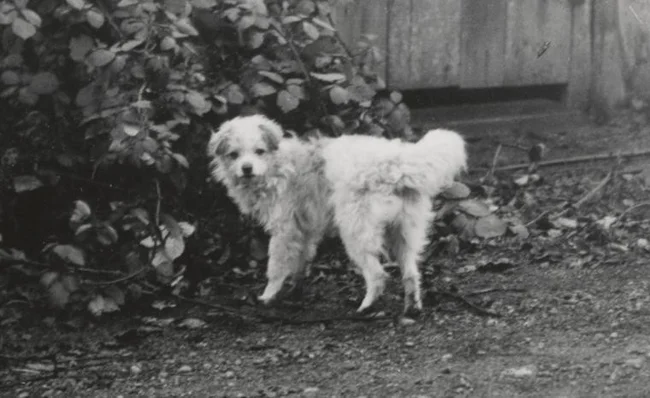
Photo of a woolly dog, circa 1935
The Salish raised these small dogs in pens on isolated islands, separating them from the other dogs in the community to prevent them from interbreeding and reducing the quality of their valuable wool. The dogs were also fed a different diet, primarily fresh and dried salmon and pink salmon. During the spring and summer, the dogs lived alone on the islands.
In the fall, when the wool became long and thick, the owners returned and cut their hair with knives made from mussel shells. The fur was mixed with various plant fibers and spun into yarn for ceremonial blankets, which were a valuable commodity in the precolonial Salish economy and culture. The wool was also traded with neighboring communities for other valuable goods. 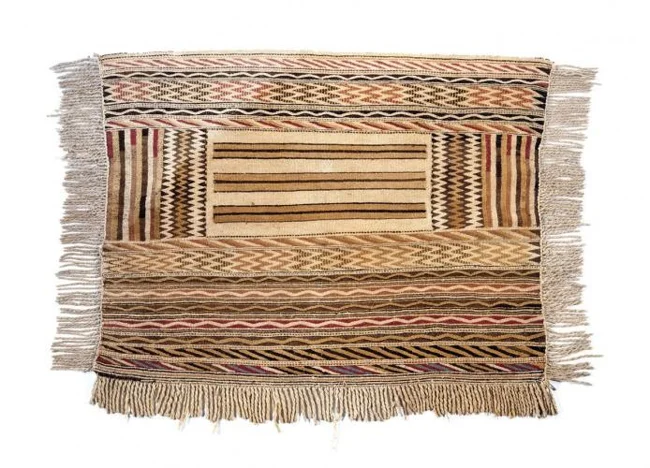
Ceremonial blanket made from a mixture of goat and dog hair, circa 1860
Keeping the dogs required diverting a significant and expensive portion of the salmon supply from human consumption. So when the natives found an alternative in the form of machine-made blankets from factories in the British Isles and New England, and fur trading posts were established in the Fraser and Nisqually River deltas in the 1820s, they quickly abandoned the woolly dogs. By the mid-19th century, the breed was extinct, although Coast Salish women continued to make a living from textiles into the 20th century - just not from dog hair. 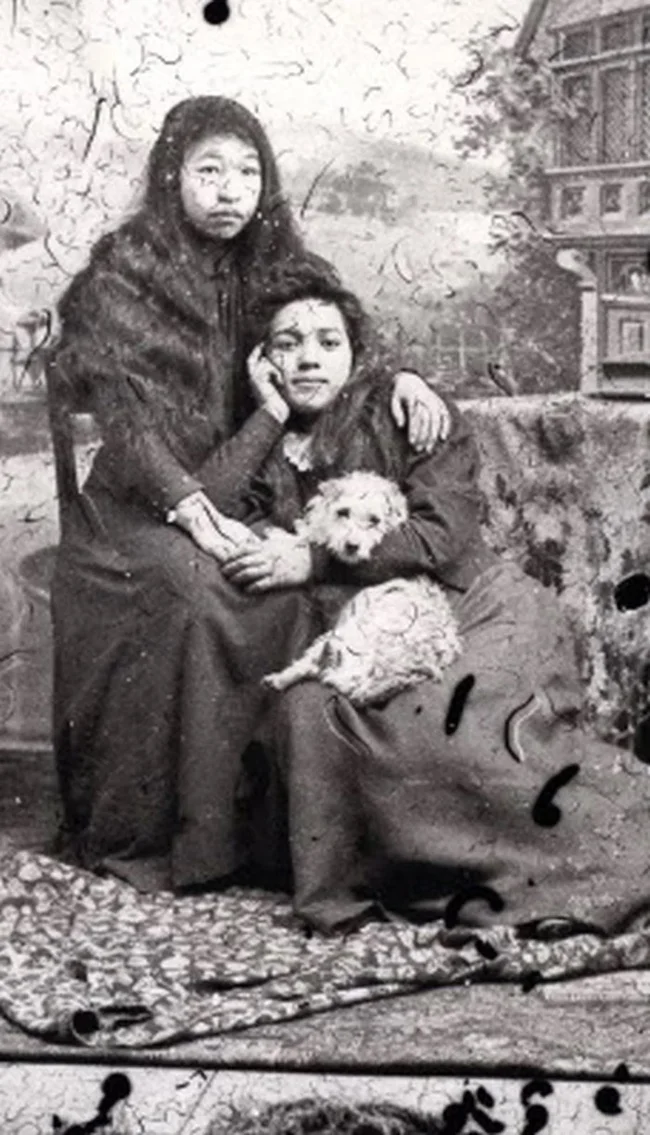
Two Salish women with a dog, believed to be a cross between a sheepdog and a shepherd
Dog hair textiles are now rare even in museum collections. This is partly due to the difficulty of identification. It is almost impossible to determine what kind of wool the fabrics were woven from without microscopic analysis.
One of the tools used to analyze textiles is protein mass spectrometry. Dog hair will have a different protein composition than goat or sheep hair, and proteomic protein analysis quantifies these differences. 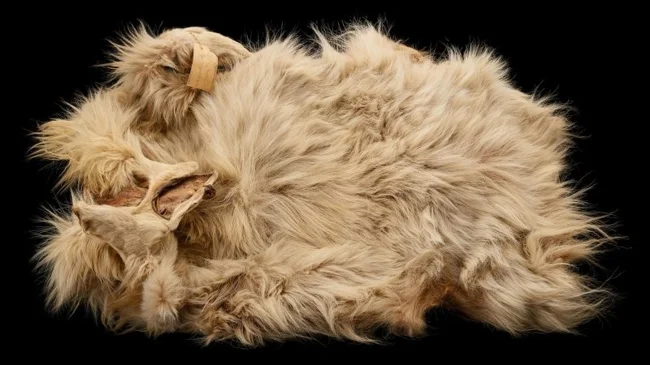
Pristine Salish dog pelts are even rarer. The only surviving pelt, belonging to a dog named Mutton, is housed in the Smithsonian Institution's National Museum of Natural History. The pelt was purchased in 1859 but remained forgotten in a drawer at the Smithsonian until it was discovered by historian Candace Wellman in 2002. Elaine Humphrey, a scanning electron micrographer at the University of Victoria, matched fibers from Coast Salish blankets to fibers from the Mutton pelt and confirmed its authenticity. 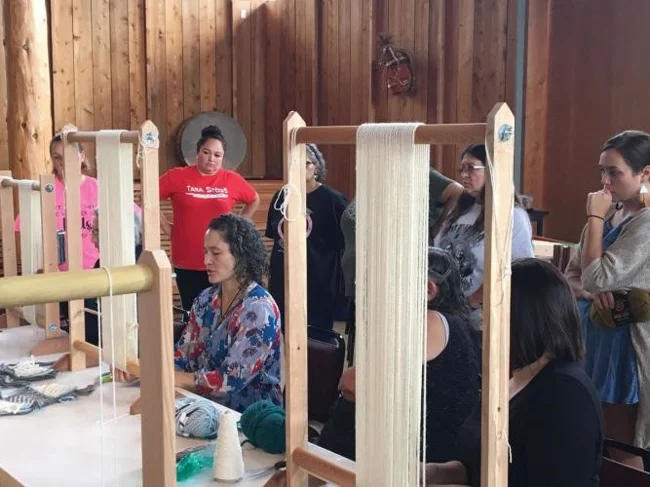
Susan Pavel has been teaching traditional Salish weaving for the past two decades
In 2024, a family that runs a dog kennel in British Columbia conducted a genetic study of one of the dead dogs. The dog was very similar to the Salish Woolly breed. The result was surprising: the individual was indeed a carrier of the genes of the ancient breed. After this, dog breeders who have several similar dogs decided to start a selection program to revive the extinct breed that once set the direction of the economy of an entire nation. 